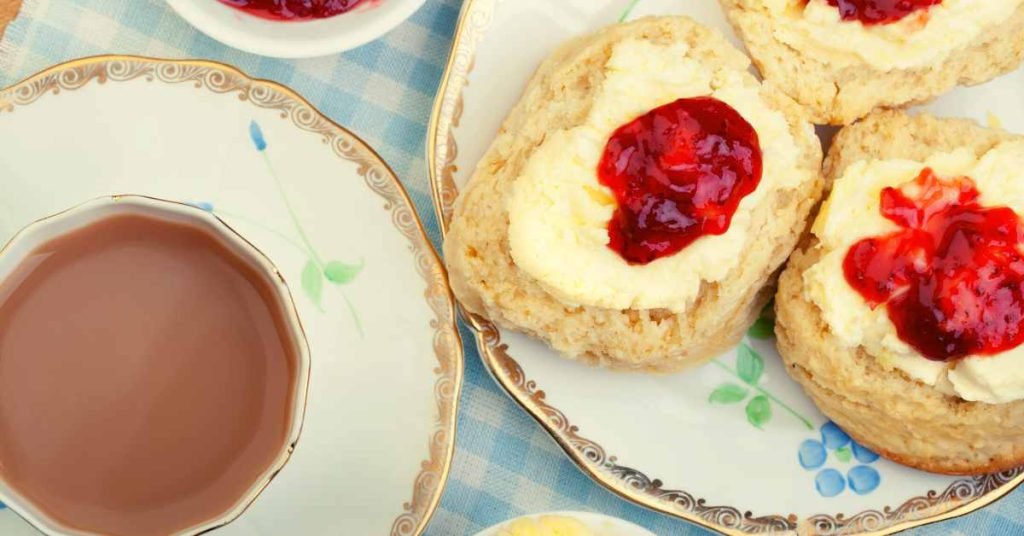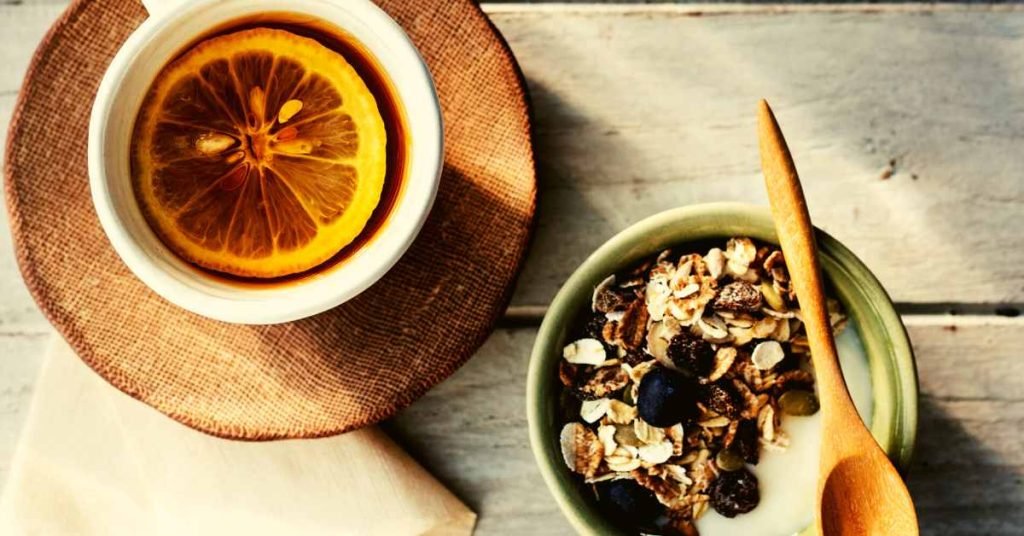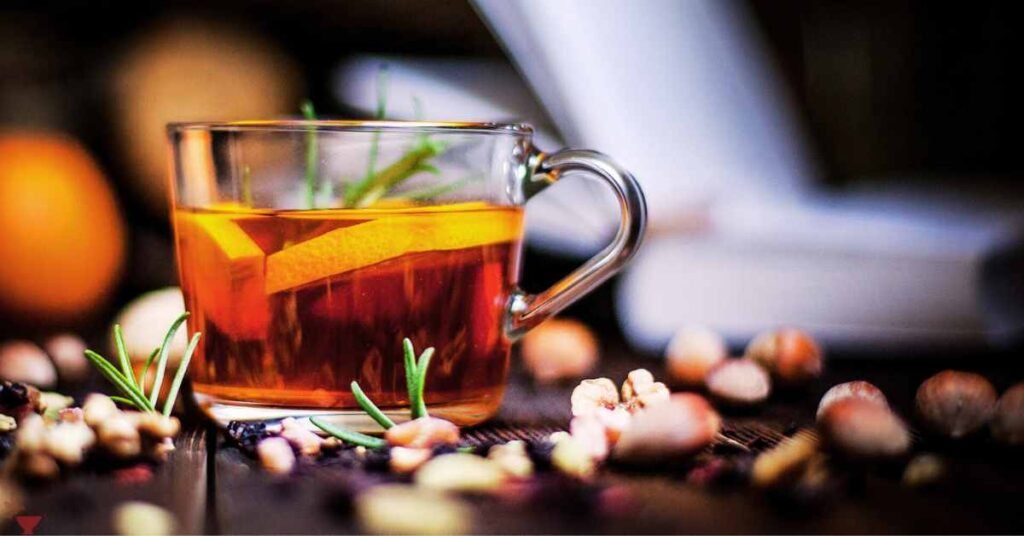Combination of teas and food
Tea, like other beverages, is combined with food. There is a great variety of teas and each of them has specific characteristics. Therefore, if you are interested in the world of tea, you can learn about the different types of tea for food.
Tea’s influence on cuisine extended beyond China and neighboring countries like Japan and Korea. In Japan, the tea ceremony, or “chanoyu,” became an art form, emphasizing harmony, simplicity, and the pairing of tea with seasonal delicacies.
This led to the development of wagashi, traditional Japanese sweets designed to be enjoyed alongside tea.
Similarly, in Korea, tea became an essential component of traditional cuisine, with tea houses offering a serene environment for relaxation and the enjoyment of tea-infused dishes.
Tea’s introduction to the Western world occurred during the 16th century, thanks to global exploration and trade.

European nations developed a taste for tea, which quickly became a symbol of refinement and luxury.
The British, in particular, adopted tea as a central part of their social customs, leading to the establishment of afternoon tea rituals.
Tea would be served alongside a selection of sandwiches, scones, pastries, and cakes, creating a quintessentially British tradition that persists to this day.
As tea’s popularity continued to spread globally, its harmonious relationship with food transcended cultural boundaries.
Today, tea is enjoyed alongside various cuisines worldwide, with different types of tea carefully selected to enhance and complement the flavors of other dishes.
From delicate green teas paired with sushi to robust black teas accompanied by hearty pastries, the versatility of tea makes it a perfect companion for any culinary experience.
Teas are not all the same, there is a great variety of them. Within this, we can mention black tea, green tea, red tea, white tea, and each of its subtypes.
Each of them has a different aroma, flavor, and texture, and they combine with food in different ways.
Not all of them are compatible with the same foods. Therefore, it is interesting to consider the best combinations.
Types Of Tea For Each Meal

- English breakfast: Ceylon tea, Kenyan tea, Assam tea.
- Continental breakfast: Ceylon tea, Yunnan tea, Assan tea, Darjeeling tea.
- Spicy meals: Ceylon tea, Oolong tea, green tea, jasmine tea.
- Salty foods: Yunnan tea, Darjeeling tea, Oolong tea.
- Fish: Earl Grey tea, green tea, Darjeeling tea.
- Red meats: Earl Grey tea, Kenyan tea, Jasmine tea.
- Poultry: Jasmine tea, Oolong tea, Darjeeling tea.
- Hard cheeses: Lapsang Souchong tea, Early Grey tea, green tea.
- Salads: Dragon Well
- Snacks with sweet foods: all kinds of teas.
- After meals: white tea, green tea, Oolongs tea, Darjeeling tea.
Now that you are aware of the combinations between different types of teas and foods, you will be able to get the most out of the flavor and aroma of infusions, enhancing each food and meal.
Final Word
The world of tea offers a vast array of flavors and characteristics that can beautifully complement a wide range of foods. From delicate and floral white teas to robust and malty black teas, each type brings its own unique qualities to the table.
Green teas, with their fresh and grassy notes, pair wonderfully with light seafood, salads, and steamed vegetables.

Oolong teas, known for their complex profiles, harmonize well with spicy dishes, grilled meats, and rich desserts.
Herbal and fruit infusions offer a caffeine-free option that pairs excellently with sweet treats and can be enjoyed at any time of day.
Finally, black teas, with their bold and robust flavors, stand up to hearty dishes, cheeses, and chocolate desserts.
MEDICAL DISCLAIMER
Itsnevernotteatime.com cannot and does not contain medical/health advice. The medical/health information is provided for general and educational purposes only and is not a substitute for professional advice.




